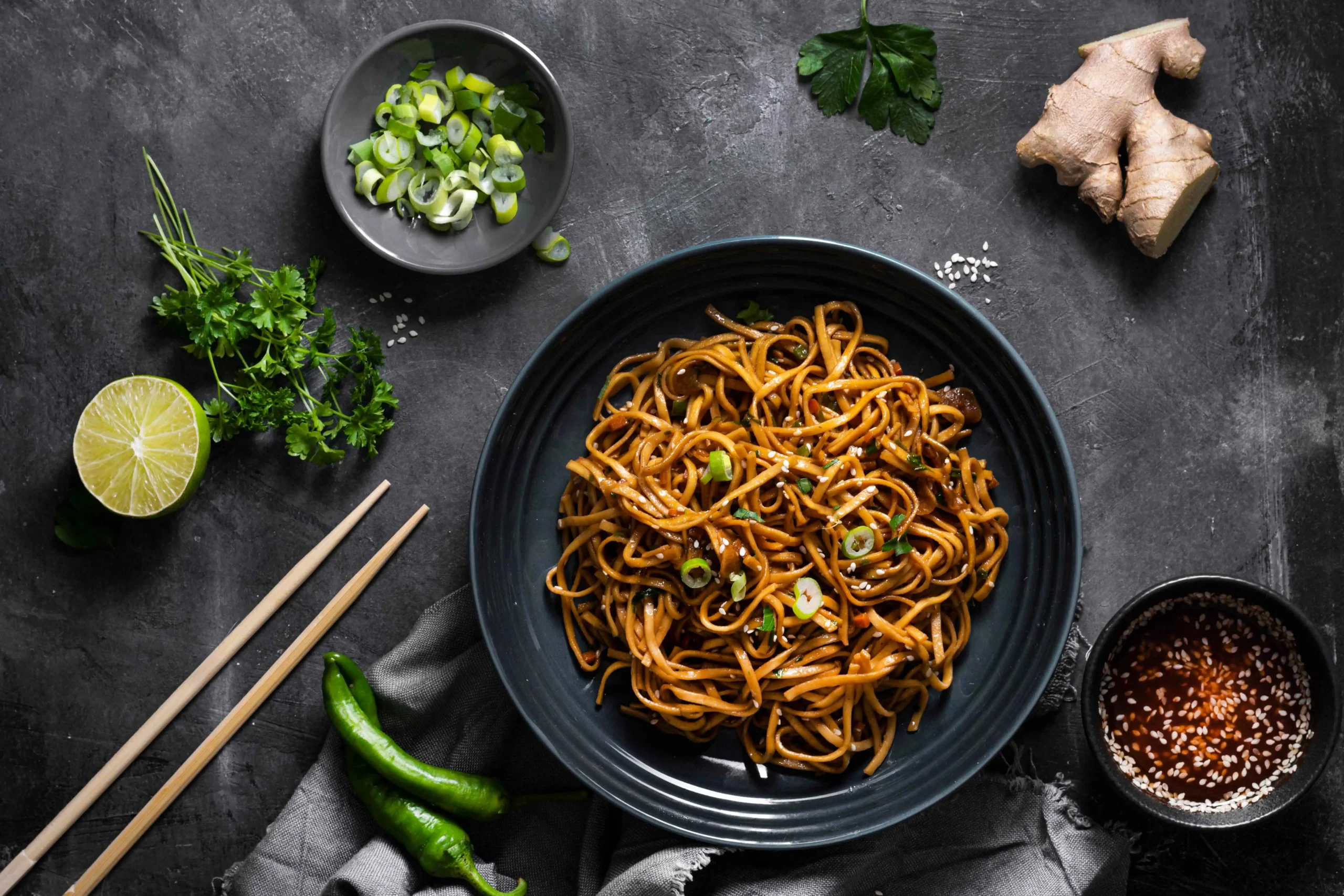Hot Pot : Tips, Recipes, and Regional Flavors

Hot pot, known as “huǒ guō” (火锅) in Mandarin, is a beloved communal dining experience with deep roots in Chinese culinary traditions. This interactive meal involves a simmering pot of flavorful broth at the center of the table, where diners cook a variety of fresh ingredients to their liking.
A Brief History of Hot Pot
The origins of it trace back over a thousand years, with various regions in China developing their own unique styles and flavors. In northern China, hot pot often features lamb and a clear broth, reflecting the region’s nomadic heritage. Conversely, the southwestern province of Sichuan is renowned for its spicy and numbing “mala” (麻辣) hot pot, characterized by the bold use of chili peppers and Sichuan peppercorns.
Setting Up Your Hot Pot at Home
Creating an authentic its experience at home is both enjoyable and straightforward. Here’s how to get started:
- Equipment:
- Hot Pot Vessel: An electric hot pot or a portable gas stove with a suitable pot works best. For variety, consider a divided pot that accommodates two types of broth—spicy and mild.
- Utensils: Provide each guest with chopsticks, a soup ladle, and a wire skimmer for retrieving cooked items.
- Broth Preparation:
- Spicy Broth: Sichuan-style broth is a popular choice, featuring a robust blend of spices. You can prepare it from scratch or use a pre-made soup base for convenience.
- Mild Broth: A simple chicken or mushroom broth serves as a non-spicy alternative, catering to diverse palates.
- Ingredient Selection:
- Proteins: Thinly sliced beef, lamb, chicken, shrimp, fish fillets, and meatballs are traditional choices.
- Vegetables: Include a variety such as bok choy, spinach, napa cabbage, mushrooms, and lotus root.
- Carbohydrates: Offer noodles, rice cakes, or dumplings to add substance to the meal.
- Tofu and Other Additions: Firm tofu, fish balls, and bean curd sheets provide extra texture and flavor.
- Dipping Sauces:
- A customizable dipping sauce enhances the hot pot experience. Common base ingredients include sesame paste, soy sauce, and fermented bean curd. Additions like minced garlic, chopped scallions, cilantro, and chili oil allow guests to tailor their sauces.
Hot Pot Etiquette and Tips
- Cooking Order: Begin with items that cook quickly, such as thin slices of meat and leafy vegetables. Denser items like root vegetables and dumplings should be added earlier, as they require more time to cook.
- Broth Enhancement: As ingredients cook, they impart flavors to the broth, making it increasingly rich. Towards the end of the meal, ladle some broth into bowls to enjoy as a flavorful soup.
- Safety: Ensure that raw and cooked items are handled with separate utensils to prevent cross-contamination. Maintain the broth at a gentle simmer to cook ingredients thoroughly without overcooking.
Exploring Regional Varieties
While Sichuan’s spicy hot pot internationally renowned, other regions offer distinctive versions:
- Beijing (Northern Style): Features a clear broth with lamb as the centerpiece, often accompanied by sesame-based dipping sauces.
- Cantonese Hot Pot: Emphasizes fresh seafood and a light, flavorful broth, reflecting the coastal cuisine of Guangdong province.
- Yunnan Mushroom: Celebrates the province’s diverse fungi, offering a rich and earthy dining experience.
Conclusion
Hot pot is more than just a meal; it’s a social dining experience that brings people together. Its versatility allows for endless customization, catering to various tastes and dietary preferences. By setting up it at home, you can recreate this cherished tradition, savoring both the flavors and the communal spirit it embodies.
Read Also: Delmonico Steak: Everything You Need to Know



